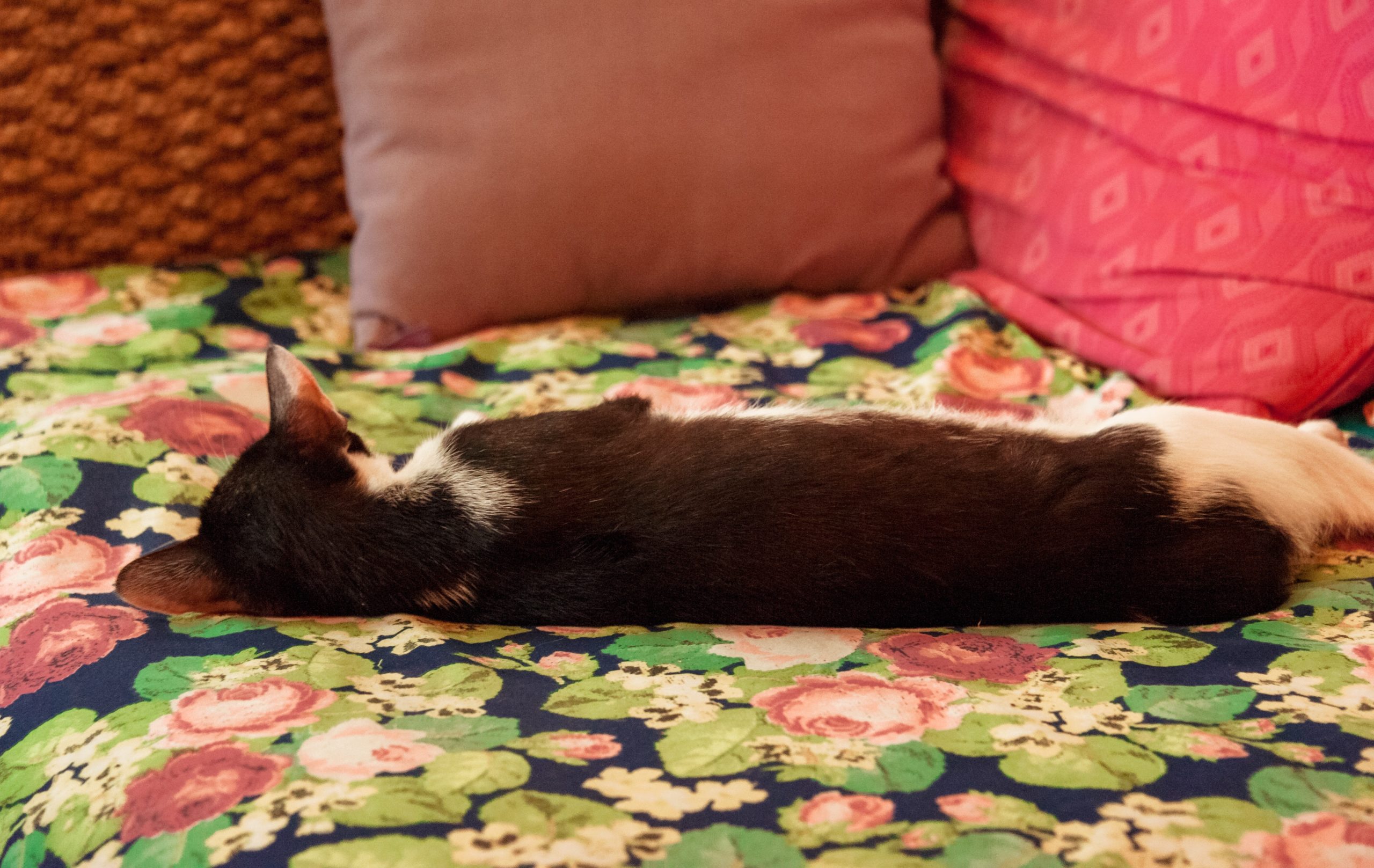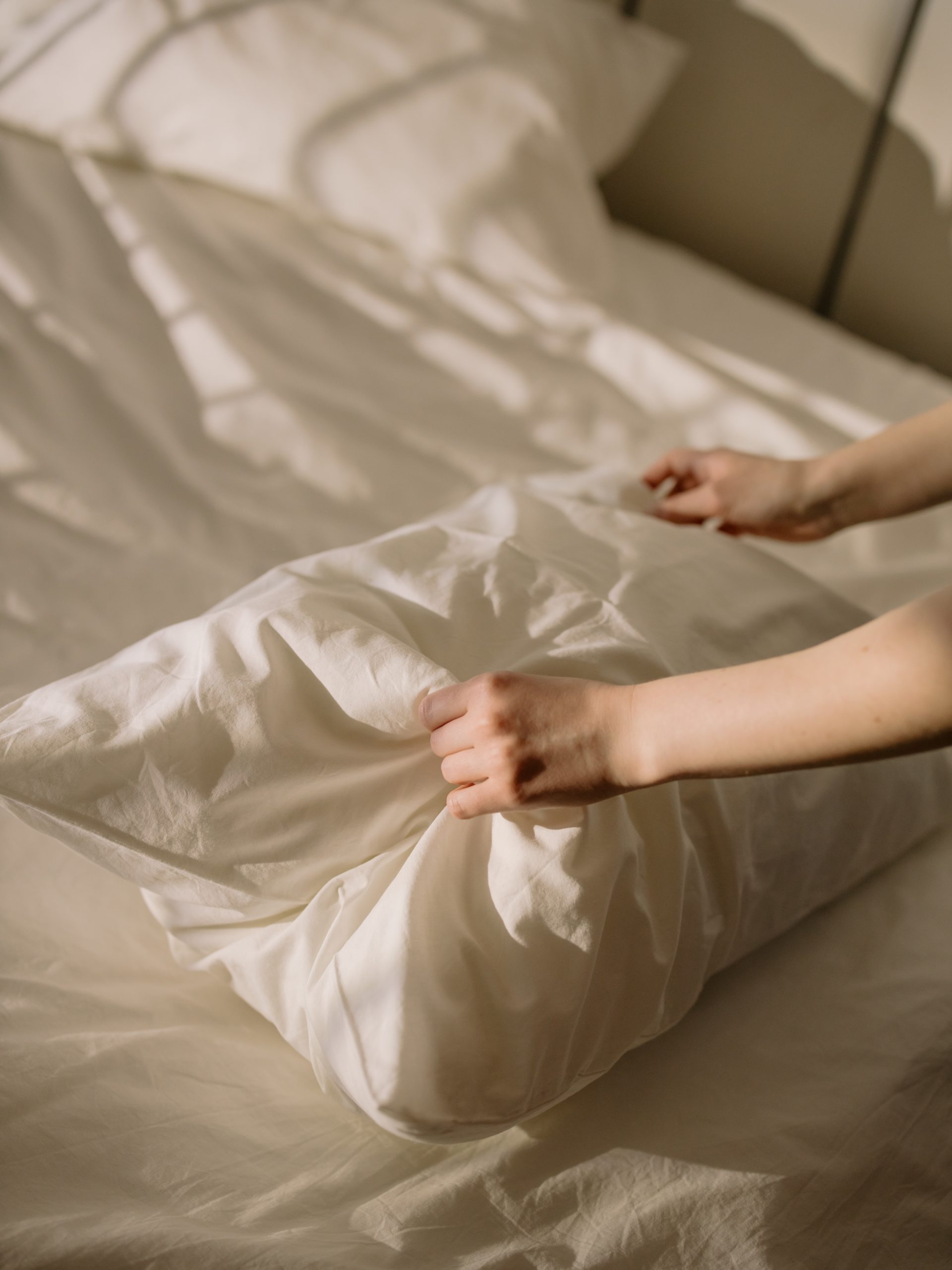How to wash pillows and keep your bedding fresh

How does your diet affect sleep?
July 18, 2021
Floral bed designs from renowned interior designers around the world
August 4, 2021
We rest our head on our pillow every night, so it makes sense that we know how to keep it fresh and free from nasties. Our bedding, too, should be given the care and love it deserves. But we wouldn’t be surprised if you told us you didn’t know where to start. Washing covers is easy enough, but how do you keep the rest of your bed clean?
When focusing on the pillows, it’s important we understand that washing pillow cases is not enough if we want a hygienic bed.
We’d hazard a guess that the most common place most people neglect when they clean their bed is their actual pillows. But nasties don’t know the difference between your pillow cases and actual pillows. The pillows are not a no-go zone for dust mites and bed bugs. So if you are only cleaning your pillowcases and not your pillows, your bed is probably not clean.
Here are our top tips to change that.
Why you should wash your pillows
When you sleep, you shed dead skin, hair, sweat and drool. All of this builds up on your pillow. Dust mites feed on this and it helps them to breed, which can cause an allergic reaction.
So neglecting to clean your pillow really can come back to bite you.
How often should you wash your pillows?
Don’t worry about extra work. Pillows don’t need to be washed too frequently. Give them a once over two to four times a year, so once every three or four months is adequate. Washing them too much can actually damage them.
It should be noted that this rule doesn’t apply to all pillows.
Wash types
Most pillows are machine washable, but not all. Always check the care tag if there is one. Like most items you buy, your pillows will come with a guide on the best way to wash them. You should always follow these guidelines for the best results.
If you can’t find the tag or there isn’t one, this guide should help you with the basics, depending on your pillow type.
1. Air out your pillows
You should fluff your pillows daily to maintain their shape and remove any dust that might accumulate.
Air out your pillows once a month by hanging them out on the washing line during the day.
If you have latex or foam pillows, you can also put them in the dryer on a cycle with no heat.
2. Washing your pillows
If your pillows have a wet stain, you should spot clean this area immediately. Do this using a stain cleaner before you run it through a washing machine or use any other cleaning techniques.
Machine washable
Depending on the size and type of your washing machine, you might be able to wash up to two pillows in one go. This will allow the balancing of the load, and allow the detergent and water to circulate with a good outcome.
It’s important to be aware that agitators on some top loading washing machines can be harsh on pillows, so pop them in for a gentle cycle for a couple of minutes. Use the shortest setting possible. If there isn’t one that is adequately short, take your pillows to the laundrette.
Pillow types and how to wash them
Foam or latex
Hand washing these pillows is the best option, due to the agitation often caused from a machine wash. That’s because it can break up the foam. Use a vacuum to get rid of dust build-up, and a damp cloth to spot clean, using a little detergent if you need to. Finally, leave the pillow flat to dry.
Polyester
These pillows are to be placed in a wash using warm water on a gentle cycle. If you can balance the load by fitting two pillows in the machine at one time, this would be better, but don’t do that if it means you overfill.
Only use roughly a tablespoon of liquid soap. It is important to be sparing with detergent when you are cleaning pillows.
Down or feather
Opt for a mild detergent mixed with cool water. Some down or feather pillows can be washed in the machine, but check the label for clarification, and if you can’t find it, hand wash instead.
When drying, you should use a really low heat, as pillows may be damaged if the heat is too high.
3. Drying your pillows
This is the final stage in the washing and a very important step. If you do not dry your pillows properly, the consequences can be catastrophic. One word; mildew!
It would be wise not to use an auto dry setting – often included as part of a general wash – as this might only pick up the surface of your pillows, thus leaving the inside damp. Instead we recommend moderate heat for roughly an hour.
We have two top tips when it comes to drying pillows. The first is to put a couple of dry towels in the machine alongside it, which speeds up the drying process. The second is to add tennis balls, which assist with the potential clumping. Do this only if your dryer is on a low heat, and don’t try it with feather pillows.
Final thoughts on washing pillows
If you’re taking extra good care of your bedding, you’re probably the type of person who really cares about high quality sleep, or perhaps you are worried about bugs and allergies. Have you considered changing your mattress?
Ely mattresses are naturally hypoallergenic and made from all natural materials. For more information, read about our thirteen layers. If you are ready to shop, browse our range.